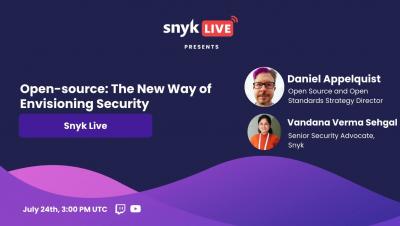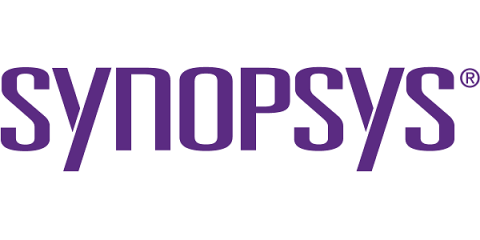Security | Threat Detection | Cyberattacks | DevSecOps | Compliance
Open Source
Fireblocks' MPC-CMP code is Open-Source
In the pursuit of advancing security and transparency in the digital asset industry, Fireblocks has published our MPC-CMP code as open source under a limited license, along with the rest of our MPC library. As the demand for digital asset custody, tokenization, and Web3 among retail and financial institutions continues to rise, Fireblocks MPC-CMP has proven to be the most secure and reliable key management protocol.
Open-source: The New Way of Envisioning Security
Announcing the Open-Source Reliability Leaderboard: A New Resource for Preventive AppSec
We are excited to announce the inaugural edition of the Mend.io Open-Source Reliability Leaderboard! Powered by data from Renovate, the wildly popular open-source dependency management tool, the Leaderboard presents the top packages in terms of reliability across three of the most widely used languages.
Using insecure npm package manager defaults to steal your macOS keyboard shortcuts
Malicious npm packages and their dangers have been a frequent topic of discussion — whether it’s hundreds of command-and-control Cobalt Strike malware packages, typosquatting, or general malware published to the npm registry (including PyPI and others). To help developers and maintainers defend against these security risks, Snyk published a guide to npm security best practices.
Trust And Community Collaboration Drive Open Source Adoption In The Cloud
Top 10 Questions About the Apache License
According to Mend.io research, the Apache 2.0 license is the most popular license of its kind, as 30% of open source licenses currently in use is Apache. Owing to its frequent use, it’s important to understand how the license works, its benefits, limitations, implications, and requirements. To help you, here are ten frequently asked questions about it.
2023 OSSRA deep dive: High-risk vulnerabilities
Research with Snyk and Redhunt Labs: Scanning the top 1000 orgs on GitHub
Open source code is a vital aspect of modern development. It allows developers to increase their application’s functionality, while reducing overall development time. However, the system isn’t perfect. The nature of third party software and it’s dependencies often creates opportunity for security vulnerabilities to lurk in libraries and downloads.
How to Boost Confidence in Your Open Source Security with Mend Smart Merge Control
Modern applications are hugely dependent on open-source software. 80 percent of most organizations’ apps and code base is now open source, in some cases more. While this is great for swift development and innovation, it increases the possibility of vulnerabilities arising that bad actors can exploit, and it expands the potential attack surface.










